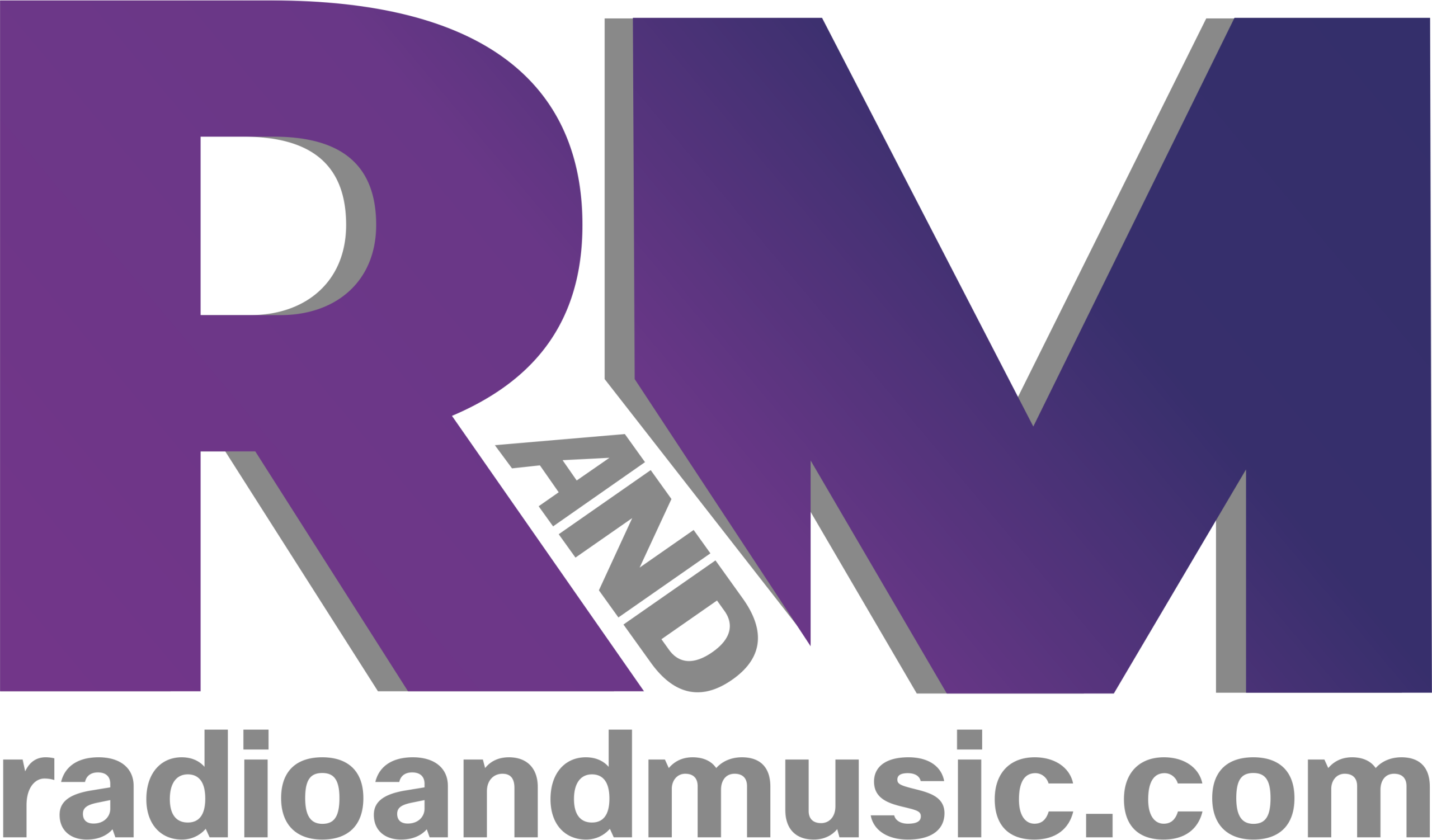MUMBAI: With internet consumption steadily growing in the country, its growth is all set to influence society and commerce by contributing $100 billion to India’s gross domestic product by 2015, according to a report by McKinsey & Co.
Due to the increase in user consumption, the potential to contribute $100bn to India’s GDP has grown from around $30 billion in 2011, with its exponential growth. To measure the influence created by internet was difficult, however its visibility makes it easy to measure indices like online sales.
The report states that the boost in India’s GDP through internet is because of the number of internet users that is expected to increase anywhere between 330-370mn by 2015 with 28 per cent of India’s population accessing the internet by 2015.
It also mentioned, “India will add more Internet users than any country in the world over the next three years,” as reported by R Jai Krishna for Wall Street Journal’s India Real Time.
At present only around 10 per cent of the population in India uses the internet, which is estimated as 120mn people. The report projects India will overtake US by 2015 and become the country with the second highest number of internet users after China.
Currently over 2bn people use the internet globally. The internet’s contribution to world economy in 2010 was $1.7 trillion, which is approximately the present size of India’s economy. It is speculated that the increasing number of people who will use internet in India by 2015, will mostly access it on their mobile devices like cellular phones and tablet computers. The report said, “three out of four users from India will be mobile-only users.”
Currently India’s information and communication technology exports are the major element of the internet’s impact on GDP but private consumption and investment from the private and public sector have higher potential to grow in the future.
According to the report, the hike in the number of internet users could possibly create 22mn jobs by 2015, which stands at 6mn currently. The job opportunities that could come is majorly from e-commerce and from sectors like logistics that support online shopping websites, especially the ones which count heavily on courier companies to deliver their packages and services.
On an average, in a month Indians spend over 20-25 hours online which also includes shopping online. However these figures are much below than the South Asian nations like Vietnam, where an average time spent online is 96 hours in a month and in Singapore it has been estimated to be 81 hours in a month.
Anu Madgavkar from McKinsey Global Institute said, “For internet growth to occur telecom operators must come up with high-speed internet networks and the government must extend the national broadband network. The broadband universal service or otherwise known as universal broadband service is a government plan to ensure all citizens in a given nation have access to Internet services, which isn’t available in India at present. The internet should be made available in variety of Indian languages with more content.”
Madgavkar also said that another factor that can amplify the internet user base is lowering the prices on cell phones and tablet computers.
The report states that the number of internet users could amount to 500mn people in 2015. However this greatly depends on the speed at which internet is transmitted to smaller cities and rural areas. The report says that at present this is very unlikely to happen. “Even by 2015, with overall internet penetration likely to reach 28 per cent, rural penetration is likely to be just 9 per cent,” reported Wall Street Journal.
The report claims that the current contribution of the internet to India’s GDP has placed India in line with most aspiring countries for growth and development. India can grow to the speculated target on $100 billion provided it achieves its potential for growth with the increase in the number of users, consumption related to internet technology and over the period investment.












